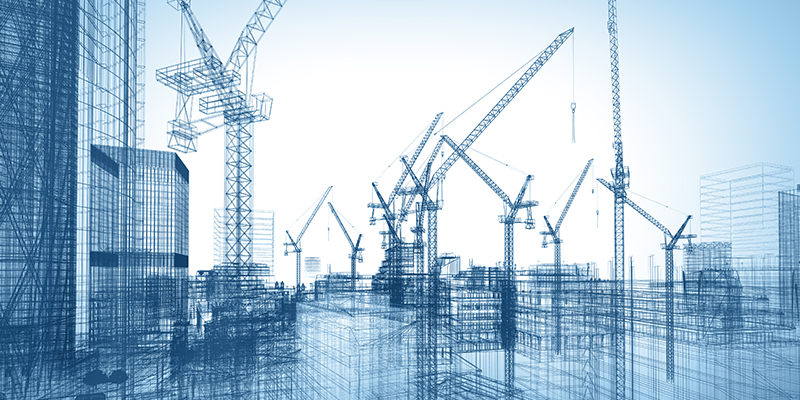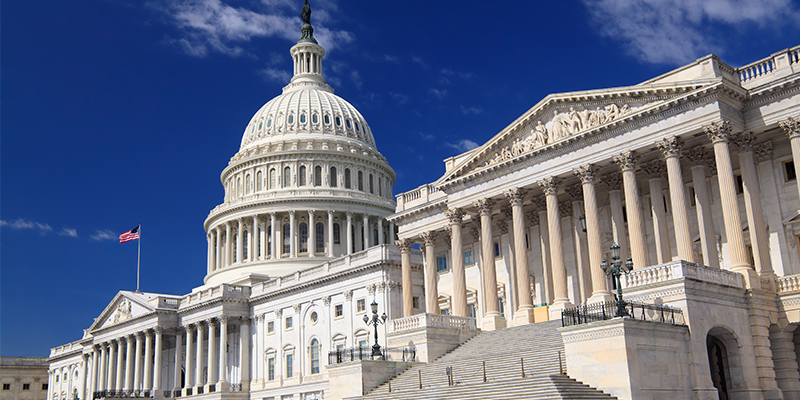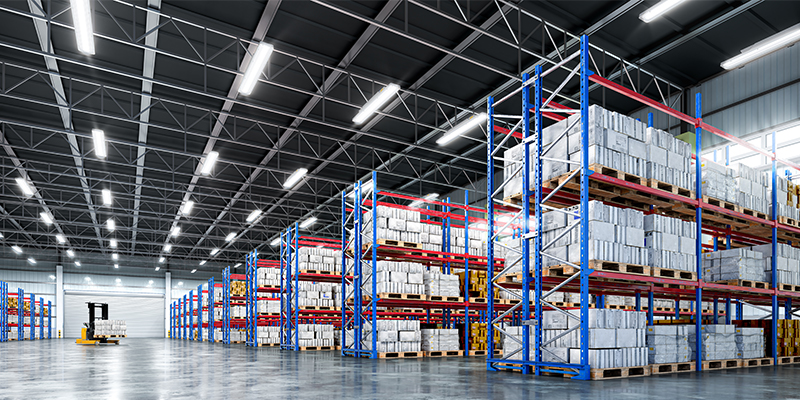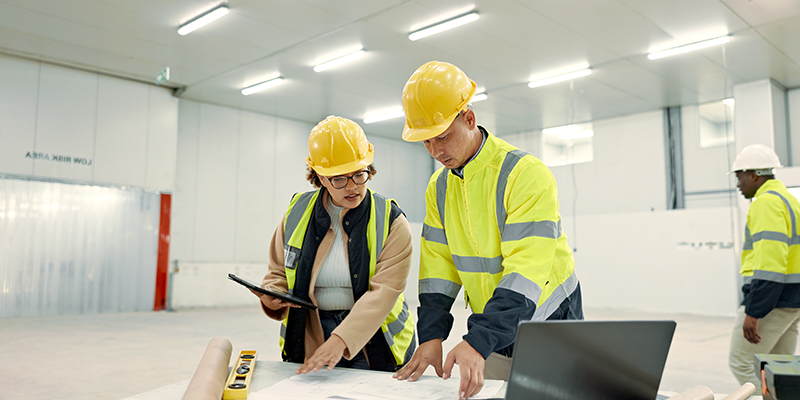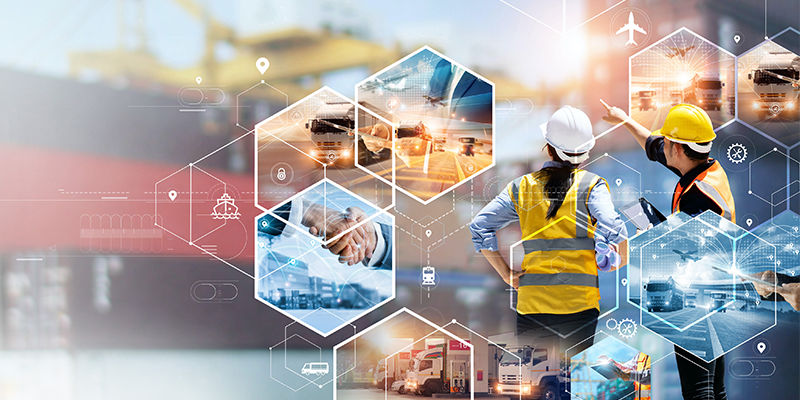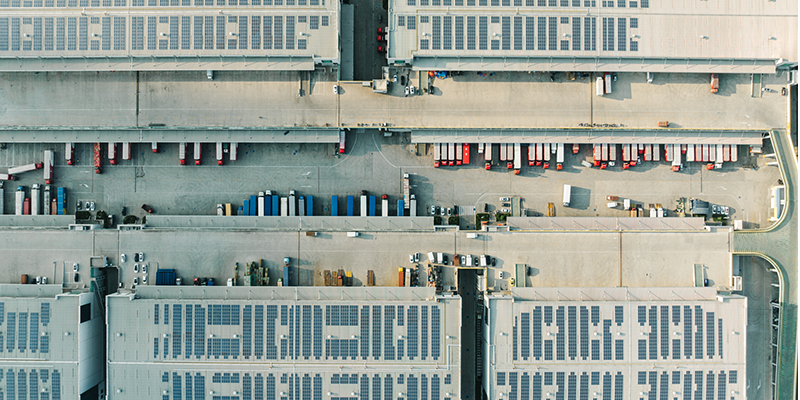By Brian Gallagher
In today’s competitive manufacturing landscape, speed, efficiency and sustainability are driving major shifts in how facilities are designed and built. From off-site prefabrication to digital integration and artificial intelligence-driven decision-making, advanced construction strategies are redefining project delivery. These innovations not only streamline timelines but also enhance quality, cost control and long-term operational performance.
Modular Construction and Prefabrication: Enhancing Speed and Quality
Manufacturing projects are increasingly relying on off-site prefabrication to reduce construction timelines and minimize on-site disruptions. Prefabrication and modular construction allow for consistent quality control in a controlled environment, reduce material waste and shorten project schedules. By shifting significant portions of the building process off-site, manufacturers can improve efficiency while maintaining high construction standards. Prefabrication also enables greater flexibility in scaling production facilities, reducing material costs and optimizing labor resources.
Digital Integration: Leveraging Technology for Precision
The adoption of digital tools is transforming manufacturing construction. Building Information Modeling (BIM), augmented reality (AR) and AI-driven project management systems enhance design accuracy, coordination and risk mitigation. Digital twins – virtual models of physical spaces – are revolutionizing facility planning, enabling manufacturers to optimize operational layouts before construction begins. These innovations improve efficiency, reduce errors and ensure seamless coordination between all project stakeholders.
AI-powered site selection tools analyze vast datasets, including geographic, economic and infrastructure factors, to identify optimal locations for manufacturing facilities. These tools assess zoning regulations, transportation accessibility, labor market availability and environmental considerations, helping real estate executives make data-driven decisions that maximize site potential and minimize risk.
During the planning and design phase, AI applications generate predictive models that refine facility layouts, optimize material usage and enhance energy efficiency. AI-driven design tools can evaluate different configurations, anticipate bottlenecks and suggest modifications to improve functionality and sustainability.
In construction management, AI-powered scheduling platforms enhance safety, workforce allocation, monitor real-time project performance and predict potential delays. Automated tracking systems use machine learning to analyze project timelines, flag risks and recommend adjustments that ensure projects stay on track. AI-driven safety monitoring systems further enhance worker protection by identifying potential hazards before incidents occur.
Sustainability: Meeting Regulatory and Market Demands
Sustainability initiatives not only align with environmental regulations but also enhance property value and marketability. Manufacturers and developers are incorporating energy-efficient designs, sustainable materials and waste-reduction practices into new facilities. Meeting the owner’s sustainability goals is a key consideration, requiring close collaboration to integrate renewable energy solutions, carbon reduction strategies and circular economy principles into the project scope. Sustainability considerations should also factor in operational cost projections, tax incentives and compliance with evolving industry regulations, ensuring long-term financial viability and tenant appeal.
Manufacturers and developers are incorporating energy-efficient designs, sustainable materials, and waste-reduction or zero waste practices into new facilities. This approach not only supports environmental stewardship but also drives long-term cost savings and compliance with evolving regulations. LEED certification, renewable energy integration and advanced HVAC systems are just a few strategies shaping greener manufacturing facilities.
The Path Forward
By embracing modular construction, digital technologies and sustainable practices, manufacturers can achieve facilities that are smarter, faster to build and better aligned with evolving market and regulatory demands. The future of manufacturing construction lies in combining precision, flexibility, and environmental responsibility – creating facilities built for resilience and long-term success.
Read part 1 of this series: “Building Predictable Outcomes in Manufacturing Construction.”

